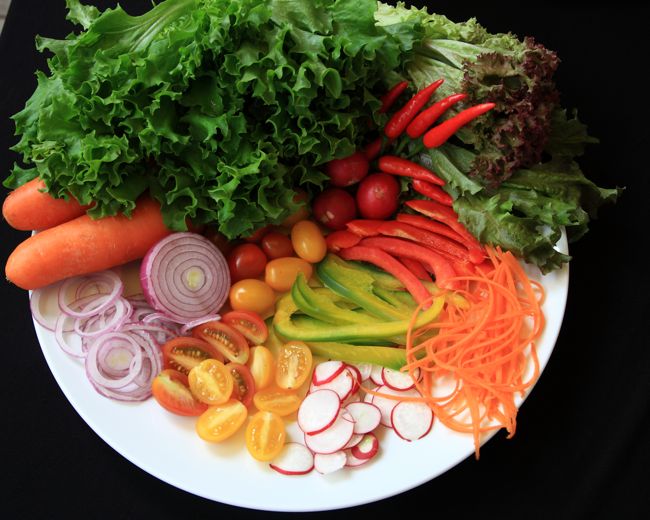
The Whole Foods Diet
If there is one diet that is causing mountains of discussion and misinformation, it's the Paleo Diet. People either love it or hate it or they just plain don’t understand it.
Let me say for the record that I don't personally subscribe to the Paleo Diet. I've followed it in the past and had great results losing body fat, but I choose not to follow it now and feel all the better for it. So what does this mean?
In the world of Crossfit or P90X, I undoubtedly would be flamed for such a statement. The popularity of a "Paleo" lifestyle has grown in conjunction with the rise of these said programs. But who is to say that just because I'm not a follower of this particular philosophy that I don't eat a healthy, balanced diet?
Trends
To be Paleo means that you primarily eat meat, fruit, vegetables, nuts, and seeds and avoid certain other foods like grains, legumes, and dairy products. Generally, people avoid starches and all sugars if they're trying to lose weight. Don’t get me wrong—I think this is a fantastic way to eat, but I like a baked potato with cottage cheese and tomatoes after a hard session. Or how about white rice and chili? By definition, I'm not subscribing to the Paleo diet. Does that mean I'm not eating a healthy, balanced meal? No, of course not. It simply means that I'm not following a particular diet trend.
If I'm lean and can tolerate white rice, potatoes, and dairy products, are they bad for my health? The answer I suggest is a resounding no.
Hell, legumes that are properly prepared are fine sources of nutrition. Peas and green beans are legumes that I've seen on hardcore Paleo follower’s plates before now. At the end of the day, it all comes down to what your goals are and what you can tolerate.
If you're an endurance athlete, powerlifter, or Crossfitter and performance is your goal, you would probably do well having a big plate of steak and potatoes post-workout.
If you're fat and out of shape, keeping the carbohydrates low will probably be of great benefit in helping you to achieve a lower level of body fat. If you’re losing weight, it’s OK to not be the fastest, strongest person at the gym. Have a goal and stick with it to its conclusion.
Some will argue that carbs aren't the enemy and that by following a ‘whole foods' diet, you naturally reduce your food choices and therefore cut your calorie intake without thinking about it. Well, that’s fine by me.
Make your food choices work for you. Experiment with different foods. Measure your performance and keep an eye on your physique. There isn't any one diet to follow. Apply the principles of eating single ingredient foods and your path in life will be, at the very least, a healthier one.
Diet Outline
Eating a whole foods diet can be used for weight loss, maintenance, or muscle gain. Let’s look at how the principles can be applied to a muscle gaining plan. Using a 200-lb male as an example, let’s look at what could fuel a typical training day:
Meal one (pre-workout)
- 6 scrambled eggs with crème fraiche
- 4 slices of bacon
- Broccoli, mushrooms, and onions
Meal two (post-workout)
- 1 large baked potato
- 500 g ground beef with chopped tomatoes
- Peas and green beans
Meal three
- 2 chicken breasts in spicy marinade
- 150 g (dry weight) white rice and stir fry mix
Meal four (before bed)
- Large tub of cottage cheese mixed with 1 scoop of protein powder
The above plan wouldn't be classified as Paleo, but assuming that you're able to tolerate these foods, it would constitute what I consider a very healthy days’ worth of eating for a fit male athlete.
In Conclusion
- Stick to foods that have a single ingredient.
- If appropriate, consider an allergy test to discover any intolerances.
- Observe your response to different foods in relation to training and energy in general.
- Follow what works for you.
- Don’t be afraid to evolve your diet.








